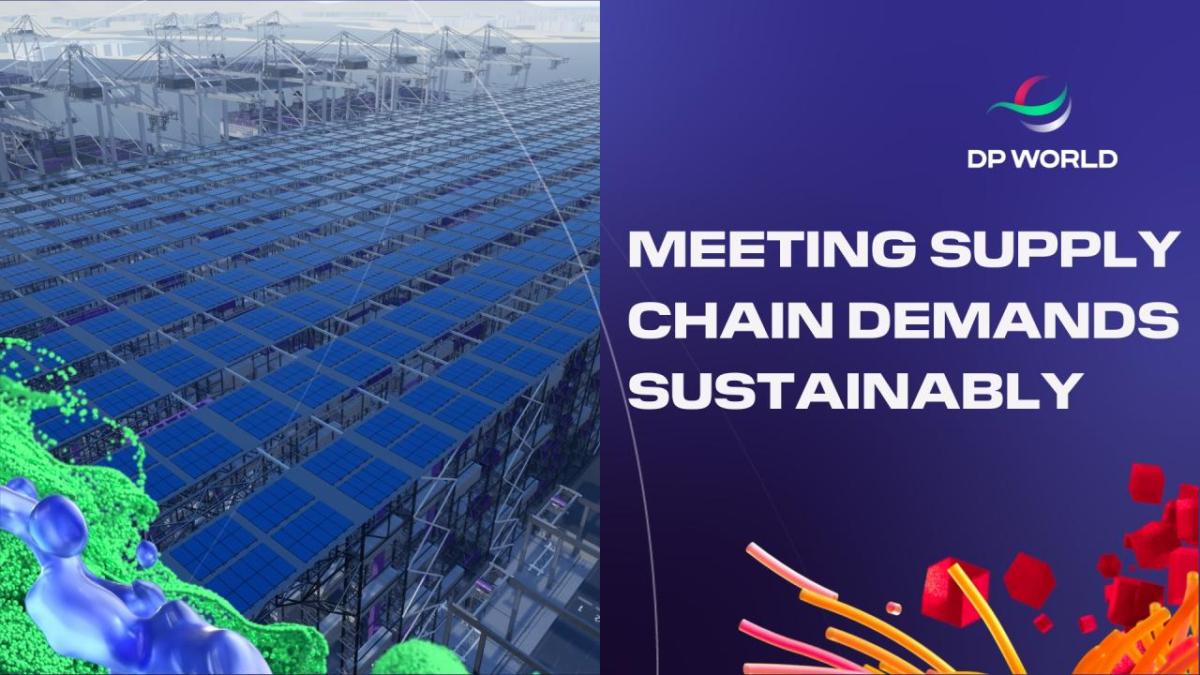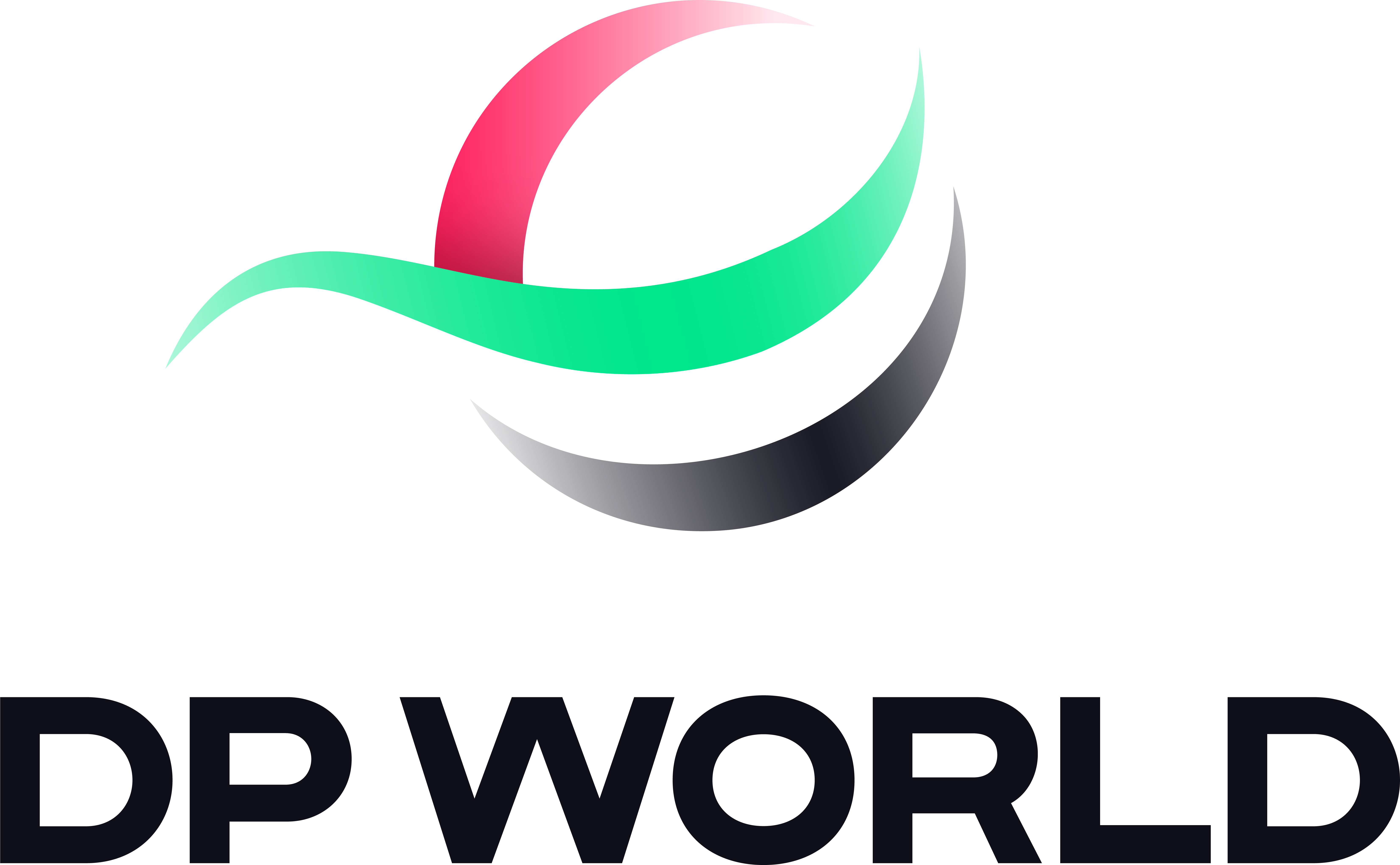Clean Tech’s Growing Pains: Meeting Supply-Chain Demands Sustainably
As clean energy demand skyrockets, supply chains must juggle infrastructure shortcomings, regulatory hurdles, and sustainability goals.

The race to meet global clean energy targets is on, and the supply chains supporting this shift are feeling the pressure. With the International Energy Agency (IEA) predicting that 2,400 gigawatts of clean energy will be deployed between 2022 and 2027, the stakes couldn’t be higher. Alongside rapidly growing demand for renewable energy products like solar panels, wind turbines, and electric vehicle (EV) batteries, supply chains face scrutiny for both their efficiency and their environmental impact.
As new clean energy projects take off, manufacturers must secure vital materials while navigating an increasingly complex web of sustainability expectations from regulators and consumers alike. But it’s not all smooth sailing—gaps in infrastructure, regulatory uncertainties, and supply chain bottlenecks are complicating progress.
In the face of this, DP World co-authored a report with Canary Creative, “Closing the Gap on Clean Energy Supply-Chain Sustainability,” that explores some of the challenges that supply chains need to navigate.
Here’s a head-first dive into what that report found.
Infrastructure Gaps
When it comes to supply-chain sustainability, infrastructure issues are the elephant in the room. One of the biggest challenges cited in their survey was the lack of adequate infrastructure to support rapid renewable energy deployment. For instance, 85% of solar modules installed in the U.S. between 2018 and 2020 were imported, signaling that domestic production still has a lot of catching up to do.
EVs, too, face a similar dilemma. While electrifying fleets would significantly reduce carbon emissions, the global shortfall of charging infrastructure is a glaring obstacle. The nonprofit Climate Group found that while 122 companies have committed to electrifying their fleets, a lack of charging stations could throw a wrench into their plans. Even U.S. ports face similar issues: Diesel-powered port equipment accounts for 3% of global emissions, yet the infrastructure to electrify these operations is slow to materialize.
Without substantial upgrades to both production and transportation infrastructure, the ability to scale clean energy solutions will remain stunted. And let’s be real—upgrading infrastructure isn’t easy. It’s costly, time-consuming, and in the case of ports and EV charging networks, disruptive to current operations.
Regulatory Impacts: Scope 3 Emissions and Global Standards
On the regulatory front, supply-chain emissions are getting more attention than ever before. In the U.S., the proposed Securities and Exchange Commission (SEC) mandate on Scope 3 emissions could soon require public companies to report emissions from across their entire supply chain. This adds significant pressure for companies to track and report on the carbon footprint of not just their operations but also their suppliers.
According to KPMG, companies that fail to get a handle on these emissions will likely fall behind as consumers, investors, and regulators increasingly prioritize environmental, social, and governance (ESG) metrics. Europe is already ahead of the game with the Corporate Sustainability Reporting Directive (CSRD), which came into effect in January 2023. This regulation requires about 50,000 companies to report on the environmental and social impacts of their supply chains.
The regulatory landscape is clear: Whether it’s in the U.S. or Europe, the need for transparency and accountability in supply chains is only going to grow. However, many companies are woefully unprepared. Our survey showed that 70% of respondents admitted they have either limited or incomplete data on their Scope 3 emissions. Without this data, how can companies make informed decisions about sustainability?
Onshoring Benefits: Homegrown Energy Solutions
One of the key strategies in addressing supply-chain fragility is onshoring—the process of bringing production back to domestic soil. The Inflation Reduction Act (IRA), passed in 2022, has already catalyzed a wave of investments aimed at scaling up U.S. clean energy manufacturing. More than 100 new facilities have been announced since the IRA’s passage, including battery plants and solar panel manufacturers.
But onshoring isn’t a silver bullet. Despite these investments, the U.S. still relies heavily on imported raw materials. For example, 85% of solar modules installed in the U.S. are still sourced from abroad, and the U.S. controls only about 7% of global battery manufacturing capacity. By contrast, China controls 75% of the global lithium-ion battery market and a significant portion of the world’s critical battery materials. To catch up, the U.S. Department of Energy (DoE) estimates that it will need to invest an additional $175 billion in the next two to three years.
While onshoring offers a potential solution to supply-chain fragility, it’s clear that domestic production alone won’t be enough. Strengthening regional supply chains and diversifying sources of raw materials will also be crucial to meeting demand.
ESG Integration: Beyond Compliance to Competitive Advantage
As more companies adopt ESG standards, supply-chain sustainability is no longer just a compliance issue—it’s a competitive advantage. A BlueYonder survey found that 84% of executives consider supply-chain sustainability a top priority, driven by consumer demand and the need to meet ESG metrics. Clearly, businesses with robust ESG policies are better positioned to attract investment and consumer loyalty.
While 17% of companies are already paying a premium for suppliers that meet ESG standards, 44% of respondents in our survey said they would be willing to pay a slight premium. This trend suggests that companies increasingly view sustainable supply chains as an investment rather than a cost. However, achieving this requires better data and more internal expertise. Our report shows that many companies still lack the tools to accurately track and report on their sustainability metrics, particularly Scope 3 emissions.
Ultimately, integrating ESG into supply chains offers long-term benefits, from improved resilience and lower operating costs to enhanced brand reputation. But without the right data, many companies risk falling behind in the race for sustainability.
Presently, the path to sustainable supply chains is fraught with challenges—from infrastructure gaps and regulatory hurdles to data deficiencies and geopolitical risks. However, companies that can navigate these obstacles stand to gain a significant competitive edge in the clean energy market. To learn more about how to plug the gap in building sustainable supply chains, download the full DP World and Canary Creative report here.

